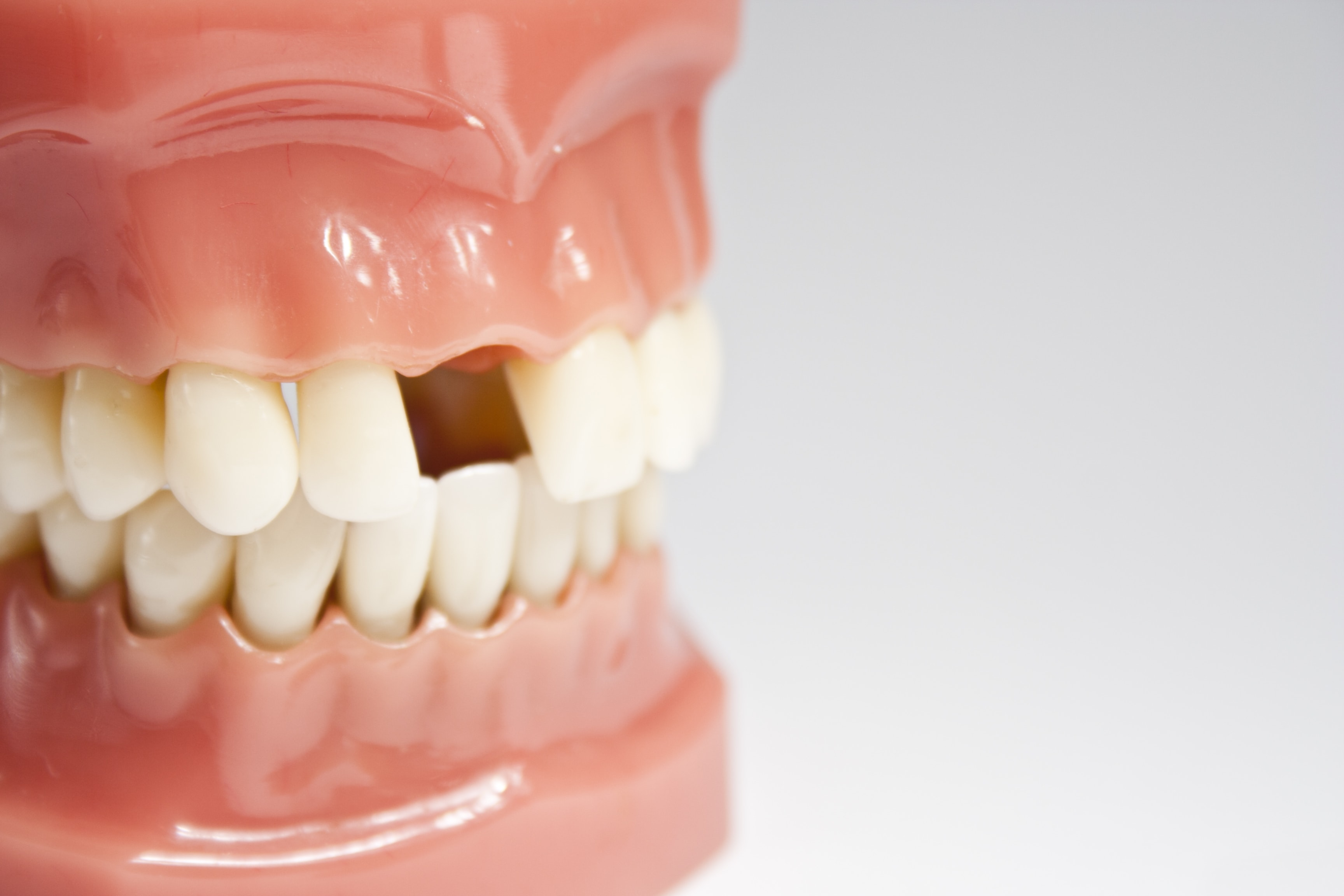
Restorations & Fillings
Restorative dentistry focuses on repairing or replacing teeth. The main goal of restorative dentistry is to improve oral health and chewing function.
When bacteria eats away your tooth enamel and causes a hole, it’s called a cavity. Smaller cavities are usually repaired with dental fillings.
During this procedure, your dentist removes the decayed portion of your tooth, then fills in the hole with a tooth-colored composite material. This halts the progression of tooth decay and reduces the risk of further damage.








